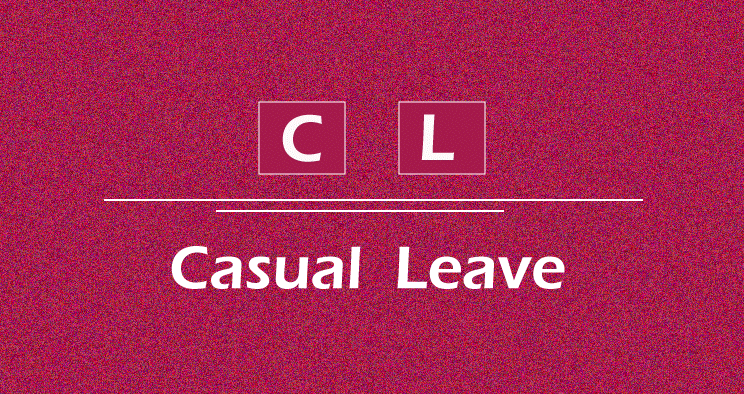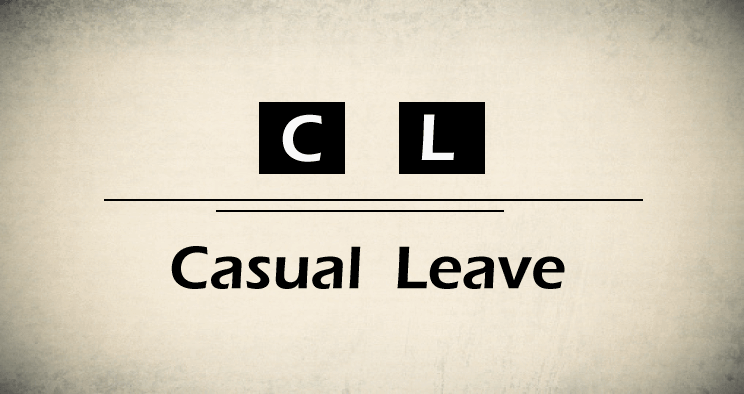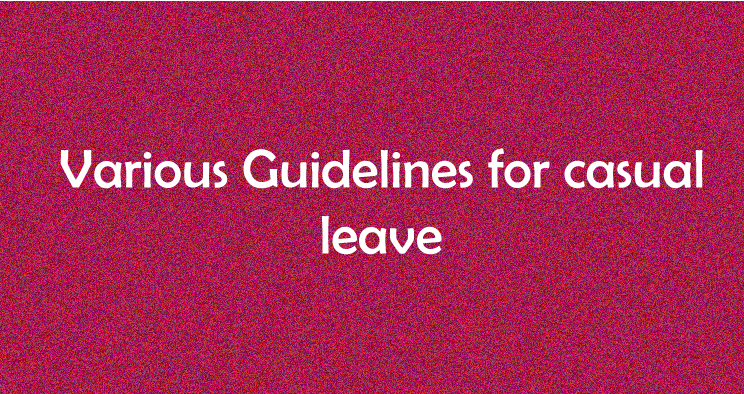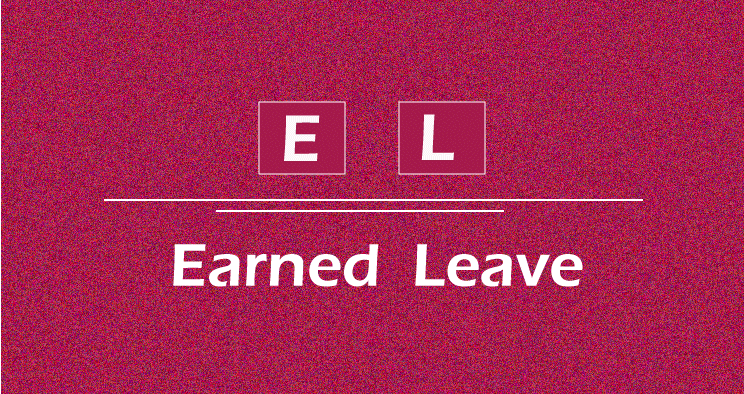What is the Full Form of CLCL: Casual LeaveCL Stands for Casual Leave. The leave policies and guidelines vary from state to state. Earned, casual, and ill leaves are the many kinds of leaves regularly granted in India. These leaves are available to employees without causing them to lose any income. 
According to India's leave policy, each employee is entitled to a specific number of annual leave days regardless of their industry. According to the earned and Casual Leave guidelines, the employer must provide the required number of leaves to their staff members. Depending on the state, the employer, the sector, whether the business is covered by The Shops and Establishment Act or The Factories Act, and the number and types of leaves provided to each employee. Each state has its leave policies and regulations. Earned leaves, casual leaves, and ill leaves are the many sorts of leaves that are frequently awarded in India. These leaves are available to employees without causing any loss of pay. Let's examine the guidelines for earned and casual Leave now. What does Casual Leave (CL) mean?
An eligible employee is given casual Leave (CL) if an unanticipated circumstance prevents them from reporting to work. If an eligible employee needs a few days off for personal reasons but not a vacation, they can also use casual Leave. Regarding casual leave policies, businesses might be strict and only permit three days in a given month. Additionally, the employee should use an attendance and time management system to request approval before taking this kind of Leave. The employer compensates for casual leaves. Various Guidelines for Casual Leave:
How can One take Earned Leave (EL)?
As the names indicate, earned leaves (EL) are the vacation days employees earn after working for their employer for more than 240 days in a given year. You can utilize these leaves for vacation or travel. Employers may keep track of an employee's spent and unused vacation time by using a good attendance and leave management system. The following are a few prominent guidelines for earned Leave:
A comparison between earned leaves and privileged leaves:The differences between privilege and earned management and employees should understand leaves. Both leaves perform the same role and are of a similar type. However, the following features set them apart:
The Conclusion:After reading these articles, readers better understand the meaning of CL in Full form and its use. Questions and Answers About Earned and Casual Leaves:1. How many leaves should a company offer? The amount of leaves a company offers depends on the state in which you live. The major provisions regarding these topics are the same in all state legislatures. They all recognize a minimum of seven national and holiday celebrations. An example of a day that must be a holiday is Republic Day, which is also known as Independence Day, and Mahatma Gandhi's birthday. Employers and employees may pick or skip the remaining national holiday and festival breaks. 2. Encashment of Leave is what? Even with an agreement, the Factory Act does not mention leaving encashment while still in employment. However, when they leave the organization due to retirement, discharge, or termination, employees can choose to leave encashment. Must use the employee's daily wage to calculate leave encashment. 3. Can a worker take a leave of absence during the notice period? An employee may take Leave during their notice period provided the reason is valid, such as pregnancy or health problems. Might use the rest of an employee's required annual Leave at their desire during the notice period. 4. How are earned paid holidays defined? Earned Leave is calculated every month for the entire year. At the start of the calendar year should add the earned leaves to the person's remaining leave credit. However, the number of leave days a worker is permitted to take is based on how long they have been working for the company.
Next TopicFull Form
|
 For Videos Join Our Youtube Channel: Join Now
For Videos Join Our Youtube Channel: Join Now
Feedback
- Send your Feedback to [email protected]
Help Others, Please Share










